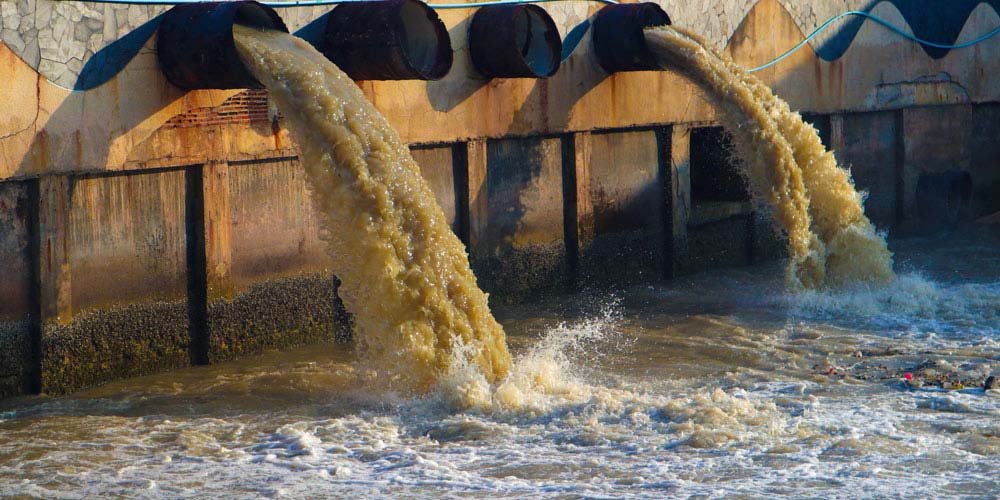As a coagulant widely used in the field of water treatment, PAC exhibits excellent chemical stability at room temperature and has a wide application pH range. This allows PAC to react quickly and form alum flowers when treating various water qualities, thereby effectively removing pollutants from the water. In industrial wastewater treatment, PAC has a significant effect on the removal of harmful substances such as phosphorus, ammonia nitrogen, COD, BOD and heavy metal ions. This is mainly due to the strong coagulation ability of PAC, which is able to coagulate these harmful substances into large particles through adsorption and coiling banding, facilitating subsequent settlement and filtration.
PAM: the secret weapon for optimizing flocculation
Synergizing with PAC, PAM plays an indispensable role in wastewater treatment. As a polymer flocculant, PAM can improve the flocculation effect by adjusting its molecular weight, ionicity and ionic degree. PAM can make the flocs more compact and increase the sedimentation speed, thereby improving water clarity. If the dosage of PAM is insufficient or excess, the flocs may become loose, resulting in turbid water quality.
Judging the effectiveness of PAC and PAM through floc conditions
Observe the size of the flocs: If the flocs are small but evenly distributed, it means that the dosage ratio of PAM and PAC is not coordinated. In order to improve the effect, the dosage of PAC should be increased appropriately.
Evaluate the sedimentation effect: If the suspended solids are large and the sedimentation effect is good, but the water quality supernatant is turbid, this indicates that PAC is insufficiently added or the PAM ratio is inappropriate. At this time, you can consider increasing the dosage of PAC while keeping the proportion of PAM unchanged and continue to observe the effect.
Observe the morphology of the flocs: If the flocs is thick but the water is turbid, the dosage of PAM can be appropriately increased; if the sediment is small and the supernatant is turbid, it indicates that the dosage of PAM is insufficient, and its dosage should be appropriately increased.
The importance of the jar test (also called beaker experiment): In the jar test, if scum is found on the wall of the beaker, it means that too much PAM has been added. Therefore, its dosage should be reduced appropriately.
Evaluation of clarity: When the suspended solids are fine or coarse, if the supernatant is very clear, it means that the dosage ratio of PAM and PAC is more reasonable.
In short, in order to achieve the best flocculation effect, the dosage of PAC and PAM must be carefully controlled and adjusted. Through observation and experiment, we can more accurately judge the use effect of the two, thereby optimizing the sewage treatment process. In practical applications, it is necessary to comprehensively consider specific water quality conditions, treatment requirements, equipment parameters and other factors to formulate a personalized chemical dosing plan. In addition, sufficient attention must be paid to the storage, transportation and preparation of PAC and PAM to ensure the effectiveness and safety of the drugs.
Post time: Jul-17-2024


